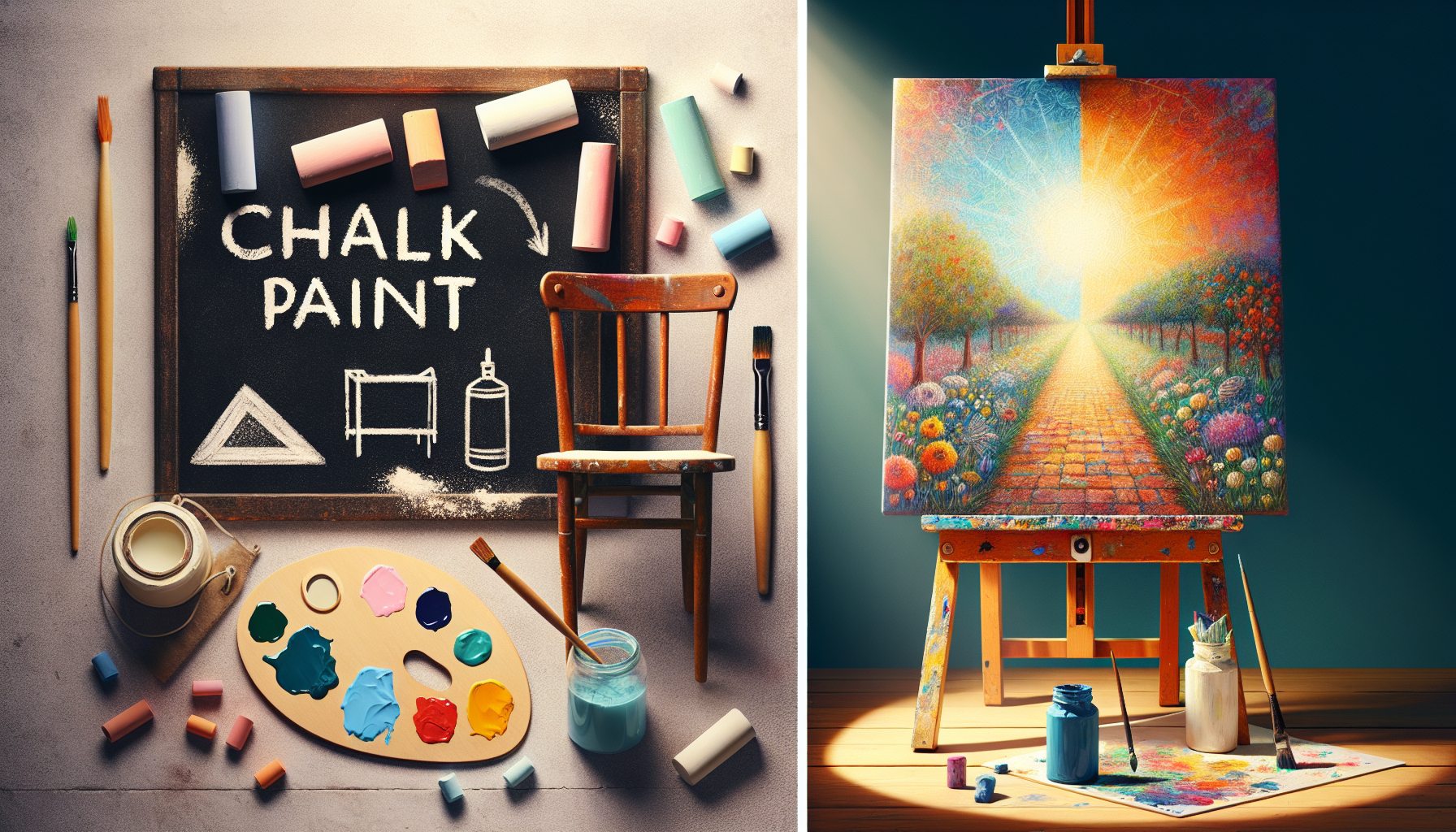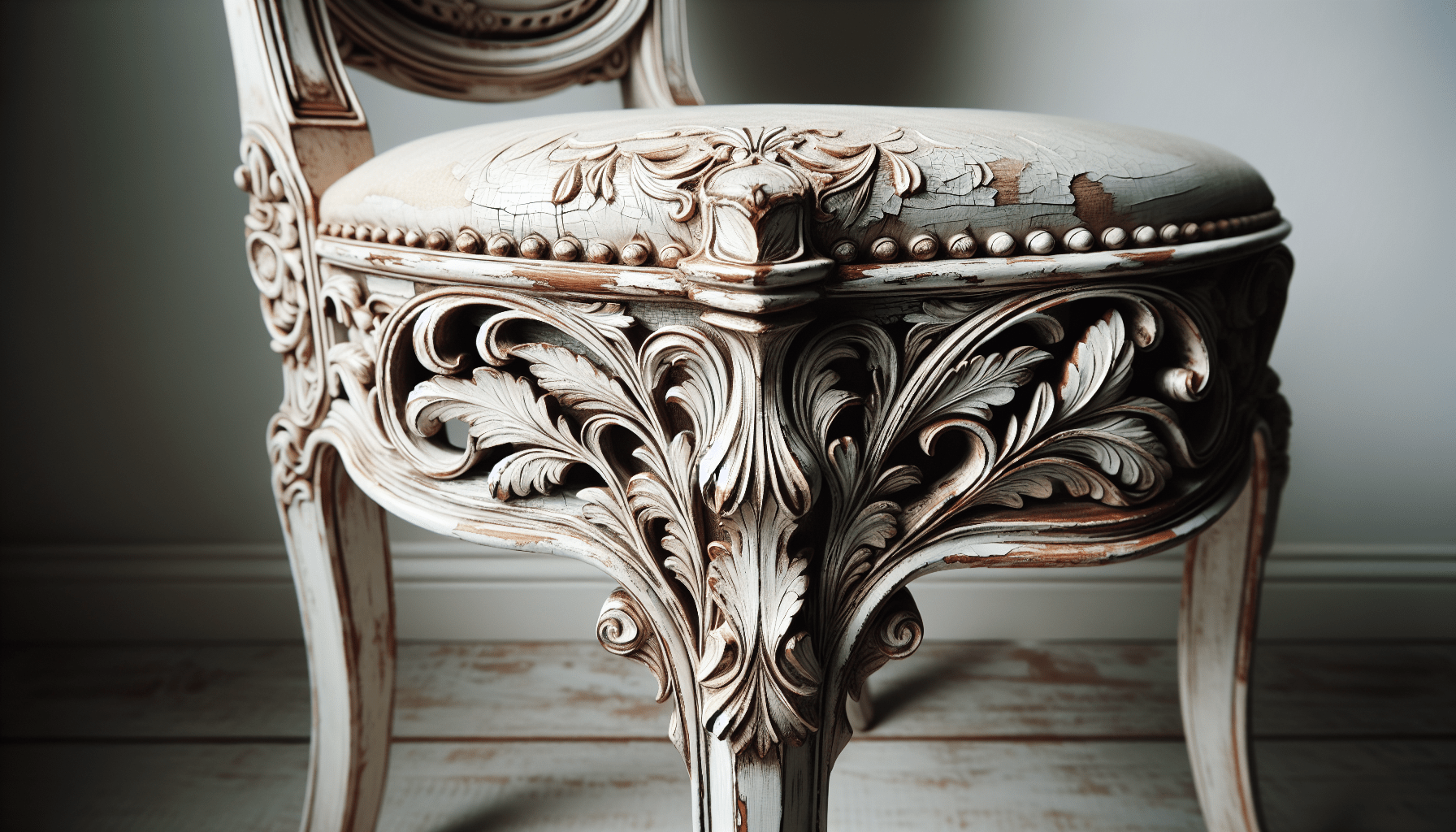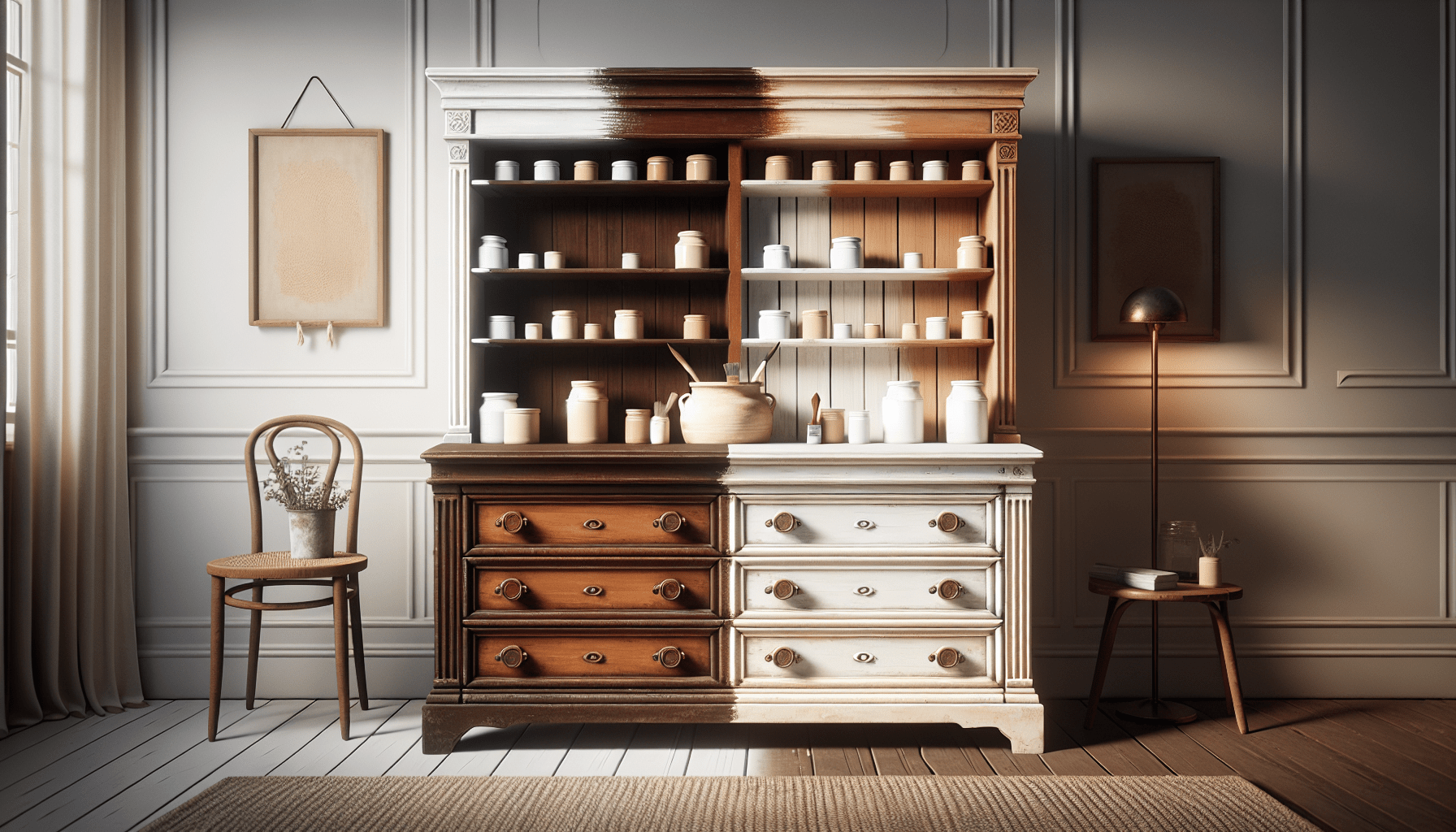Determining the right amount of chalk paint required for your project is an essential step towards achieving professional-looking results. By understanding the factors that influence paint coverage and implementing a systematic approach, you can make informed decisions and avoid any unnecessary wastage or interruptions during your creative process. In this article, we will provide you with valuable insights and practical tips on calculating the optimal quantity of chalk paint needed for your specific painting endeavor, ensuring a seamless and efficient experience.

Factors to Consider
When purchasing chalk paint for your project, there are several factors to take into consideration in order to determine the quantity you will need. These factors include the surface area you will be painting, the number of coats required, and the type of chalk paint you choose.
Surface Area
The surface area is the first factor to consider when calculating how much chalk paint you will need. Measure the dimensions of the area you plan to paint in order to determine the square footage. This will give you an estimate of the amount of paint you will require.
Number of Coats
The number of coats of chalk paint needed for your project will also affect the quantity you should purchase. Consider the level of coverage you desire and the condition of the surface you are painting. In some cases, a single coat may be sufficient, but in others, you may require multiple coats for a more even and durable finish.
Type of Chalk Paint
Not all chalk paints are created equal. Different types of chalk paint have varying levels of coverage and durability. It is important to research and choose the right type of chalk paint based on your project’s requirements. Some brands may offer higher coverage per coat or better compatibility with specific surfaces. Consider the specific characteristics of the chalk paint you are using when estimating how much you will need.
Calculating Surface Area
Measurements
Accurate measurements are crucial for determining the surface area that needs to be painted. Use a tape measure to measure the height and width of the surface in question. Multiply these dimensions to calculate the square footage. Don’t forget to include any additional surfaces that will also require painting, such as sides or edges.
Ignoring Non-paintable Areas
Not all surfaces within the measured area may be suitable for painting. Take note of any non-paintable areas, such as windows, trim, or other decorative elements. Exclude these areas from your surface area calculation as they will not require paint.
Calculating Total Surface Area
To determine the total surface area that needs to be painted, add up the individual surface areas you calculated for each section, accounting for any non-paintable areas. This final figure will be crucial in estimating the amount of chalk paint needed for your project.
Determining Number of Coats
Coverage per Coat
Each brand and type of chalk paint will have its own coverage per coat. This information is typically provided by the manufacturer and can be found on the product label or website. Understanding the coverage per coat of your chosen paint will help you determine how many coats you will need for your project.
Desired Finish
Consider the finish you want to achieve when determining the number of coats needed. If you desire a more opaque and solid finish, multiple coats may be necessary. However, if you prefer a more distressed or weathered look, fewer coats may be required. Keep in mind that additional coats will use up more paint.
Condition of Surface
The condition of the surface you are painting will also influence the number of coats needed. If the surface is already smooth and in good condition, you may be able to achieve sufficient coverage with fewer coats. However, if the surface is rough or porous, it may require additional coats to achieve the desired finish.
Choosing the Right Type of Chalk Paint
Different Types of Chalk Paint
When selecting a chalk paint, you will encounter different types that vary in terms of composition, finish, and coverage. Some chalk paints are specifically formulated for furniture, while others work better on walls or other surfaces. It is important to consider the specific requirements of your project and choose a chalk paint that is suitable for your needs.
Brand Recommendations
With numerous brands available in the market, it can be overwhelming to choose the right one. Consider reading reviews, seeking recommendations from experienced painters, or consulting with experts to help you make an informed decision. Certain brands may be known for their high coverage, durability, or color selection, making them a favorable choice for your specific project.

Estimating Chalk Paint Quantity
Coverage per Can
To estimate how much chalk paint you will need, it is essential to know the coverage per can. This information is typically provided by the manufacturer and can be found on the product label or website. The coverage per can will give you an idea of how much surface area can be painted with a single can of chalk paint.
Calculating Based on Surface Area and Number of Coats
Using the surface area and number of coats determined earlier, you can calculate the quantity of chalk paint needed. Multiply the surface area by the number of coats to get the total chalk paint coverage required. Divide this figure by the coverage per can to estimate the number of cans needed.
Factoring in Waste or Extra Paint
It is always a good idea to account for potential waste or the need for extra paint. Factors such as mistakes, touch-ups, or future projects could result in the need for additional paint. Adding a small percentage, such as 10%, to your estimated quantity will help ensure you have enough paint to complete your project without any unexpected delays.
Tips for Avoiding Paint Shortage or Excess
Start with Accurate Measurements
Taking accurate measurements from the beginning will help you avoid running out of paint. Ensure precision by double-checking all measurements and including any areas that might be easily overlooked, such as corners or edges.
Consider Porous or Absorbent Surfaces
If your project involves painting a porous or absorbent surface, such as unfinished wood or plaster, it is essential to account for the paint being absorbed into the material. These surfaces may require additional coats or more paint to achieve the desired coverage.
Test a Small Area to Determine Coverage
Before embarking on your full project, test the chalk paint on a small area to determine the coverage per coat. This will give you a better understanding of how the paint will perform on your chosen surface and help refine your estimate of the quantity needed.
Buy Extra for Touch-Ups or Future Projects
It is advisable to purchase a bit more paint than your initial estimate in order to have enough for touch-ups or future projects. Having extra paint on hand ensures that you can maintain consistency in finishes and repairs if needed.
FAQs
What Happens If I Run Out of Chalk Paint?
If you run out of chalk paint before completing your project, it can be challenging to achieve a consistent finish. Mixing a new batch of paint may result in slight variations in color or texture, making the difference noticeable. It is best to estimate the quantity needed accurately from the beginning to avoid running out.
Can I Mix Different Brands or Types of Chalk Paint?
While it is generally safe to mix different brands or types of chalk paint, it is important to note that the resulting finish may differ from what you initially desired. Different brands and types of paint may have varying compositions, colors, and levels of coverage, which can affect the overall appearance and durability of your project. If you do choose to mix paints, it is recommended to test the mixture on a small area before applying it to the entire surface.
How Should I Store Leftover Paint?
Properly storing leftover chalk paint will help extend its shelf life and ensure it remains usable for future touch-ups or projects. Seal the can tightly to prevent air from entering and causing the paint to dry out. Store the can in a cool, dry place away from direct sunlight and extreme temperatures. Thoroughly clean the rim of the can before sealing to prevent the buildup of dried paint, which can compromise the seal.
How Long Does Chalk Paint Last?
The shelf life of chalk paint can vary depending on the brand and storage conditions. Generally, unopened cans of chalk paint can last for several years if stored properly. However, once opened, the paint can start to dry out more quickly, especially if exposed to air for extended periods. It is recommended to use opened chalk paint within six months to a year for optimal performance. If the paint becomes thick or clumpy, it is best to discard it and purchase a fresh can for your project.



